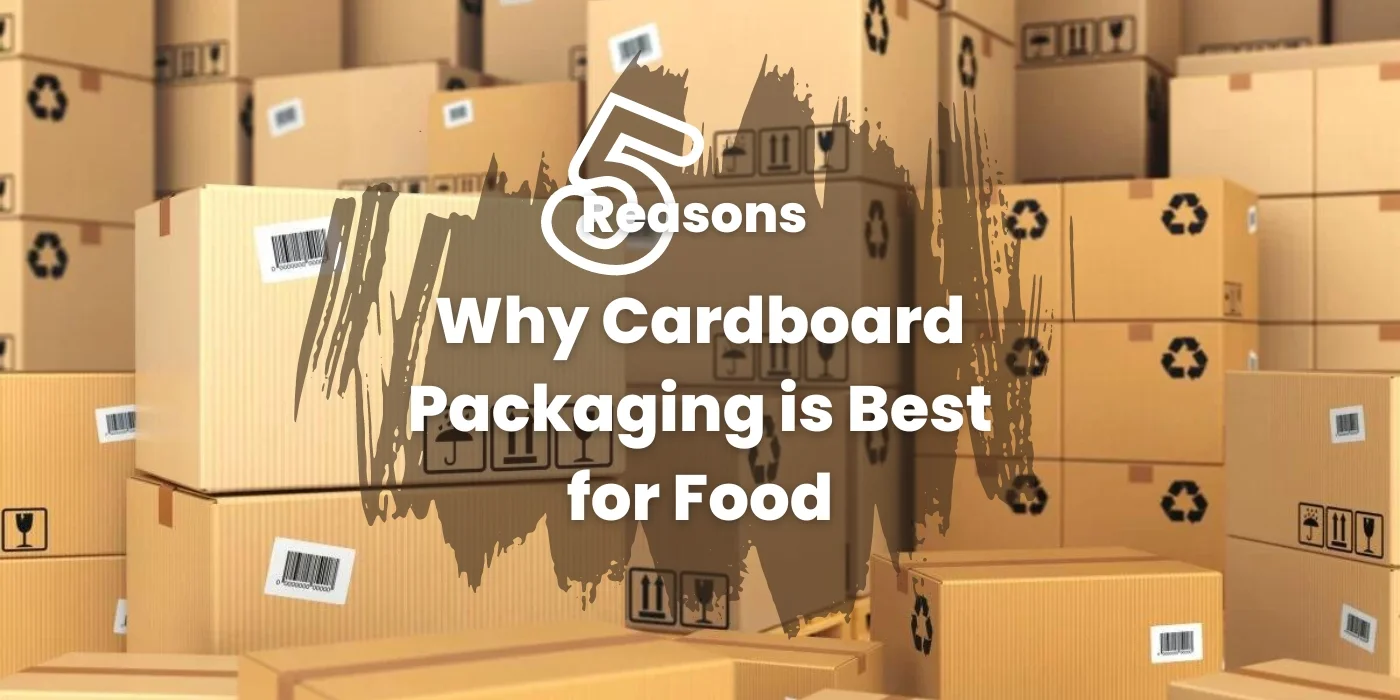

Cardboard packaging is increasingly favored in the food industry for its eco-friendly and versatile properties. As the best packaging for food, it offers significant benefits, including sustainability, safety, and customization. Cardboard's biodegradability and recyclability make it a superior choice compared to plastic, reducing environmental impact and supporting waste reduction.
Moreover, cardboard packaging ensures food safety by protecting against contaminants and maintaining freshness. Its adaptability allows for various types of packaging, catering to diverse food items and enhancing brand perception.
This article explores five key reasons why cardboard packaging is the preferred option for food, highlighting its environmental benefits, safety features, and contribution to a sustainable supply chain
Cardboard packaging stands out as an eco-friendly food packaging option, contributing significantly to sustainability efforts in the packaging industry. Unlike plastic, which takes centuries to decompose, cardboard is biodegradable and can be recycled multiple times, reducing the environmental footprint of packaging waste.
Cardboard is derived from renewable resources, primarily wood pulp, which can be sustainably harvested. This renewable nature ensures a continuous supply of raw materials without depleting natural resources. Furthermore, recyclable packaging options like cardboard help in minimizing waste by re-entering the production cycle, thereby promoting a circular economy.
One of the critical advantages of cardboard packaging is its potential to reduce waste and lower the carbon footprint. Cardboard decomposes naturally, contributing to waste reduction and minimizing landfill usage. Additionally, the production of cardboard packaging emits fewer greenhouse gases compared to plastic, further supporting efforts to combat climate change.
Cardboard packaging is designed to safeguard food from external contaminants, ensuring food preservation and maintaining hygiene. Its robust structure provides a barrier against physical damage, dust, and harmful microorganisms, making it a reliable choice for food safety packaging.
Maintaining the freshness and quality of food is paramount, and cardboard packaging excels in this regard. It effectively regulates moisture levels, preventing the food from becoming too dry or too moist. This packaging efficiency helps in extending the product lifecycle, ensuring that the food remains fresh and appealing for a longer duration.
The versatility of cardboard allows for the creation of various types of cardboard packaging suitable for different kinds of food. From cardboard food containers for takeout meals to cardboard food boxes for bakery items, the customization possibilities are endless. This adaptability makes it easier for businesses to meet diverse packaging needs.
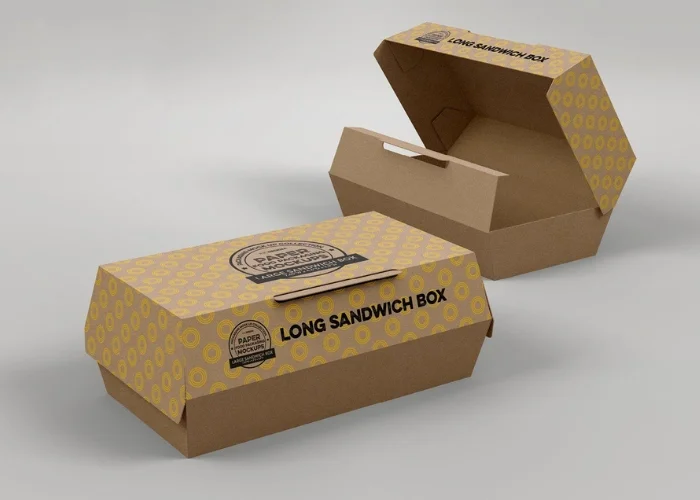
Cardboard packaging can be tailored to align with consumer trends and brand aesthetics. Custom printing options enable brands to enhance their brand perception through attractive designs and logos. This level of custom food packaging not only appeals to consumers but also strengthens brand identity and market presence.
When comparing cardboard vs plastic food packaging, cardboard emerges as the superior choice due to its environmental benefits and safety features. Cardboard packaging benefits include its biodegradability and lower environmental impact. In contrast, plastic poses significant disposal challenges and environmental hazards, making sustainable food packaging options like cardboard more favorable.
Biodegradable and compostable packaging options like cardboard are essential in promoting environmentally friendly food packaging solutions. These materials break down naturally, returning nutrients to the soil and reducing the burden on waste management systems. This makes cardboard a more sustainable alternative to non-degradable packaging materials.
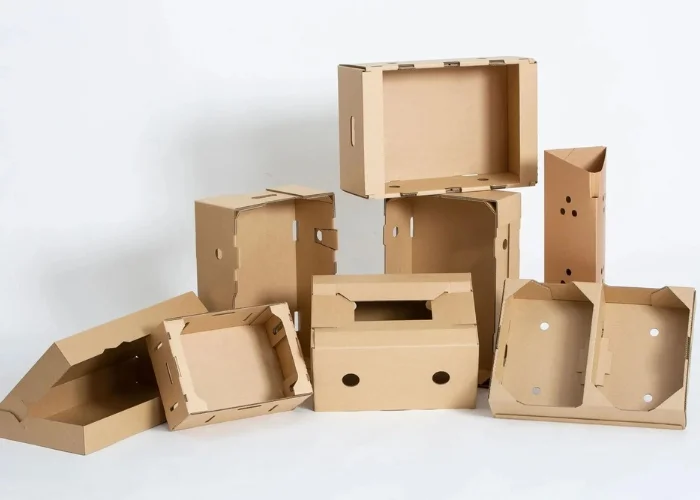
Efficient packaging solutions like cardboard play a vital role in lowering environmental impact. By optimizing the use of materials and ensuring recyclability, cardboard packaging helps in conserving resources and minimizing waste. This efficiency is crucial for maintaining a sustainable supply chain.
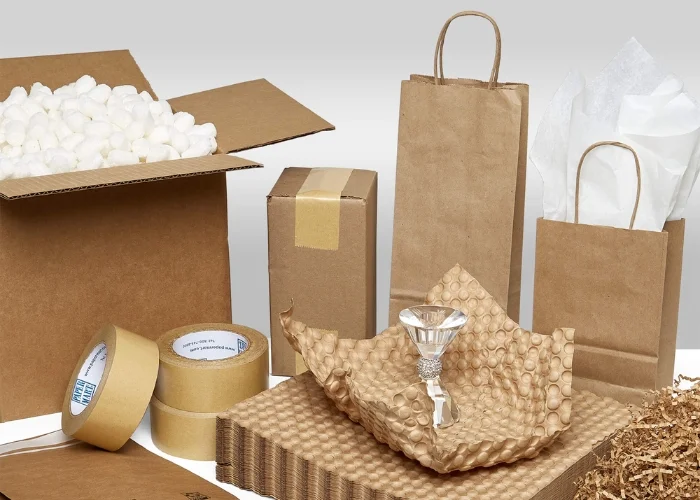
The packaging industry is continually evolving to adopt more sustainable practices. Innovations in packaging design and the use of natural materials like cardboard are driving this change. By prioritizing sustainable resources, the industry can reduce costs and enhance its overall sustainability footprint, contributing to a healthier planet.
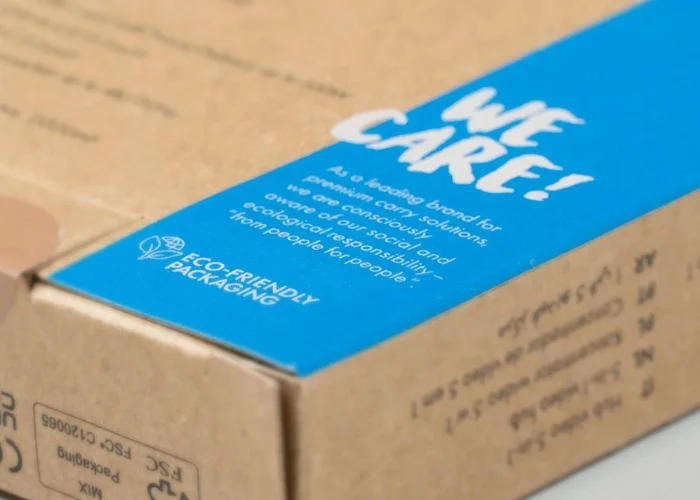
In conclusion, cardboard packaging is best for food due to its numerous benefits, including its eco-friendliness, safety, versatility, and contribution to a sustainable supply chain. By opting for cardboard packaging, businesses can ensure food safety, reduce environmental impact, and meet consumer demands for sustainable packaging. As the industry continues to innovate, cardboard remains a reliable and forward-thinking choice for food packaging solutions.
A Project by : WNK AssociatesTim Packaging is a leading manufacturer and wholesale supplier of high-quality packaging products for a wide range of industries. Our extensive product line includes customized corrugated boxes, kraft boxes, mailer boxes, rigid boxes and more.
© Copyright 2024 - Tim Packaging All rights Reserved



